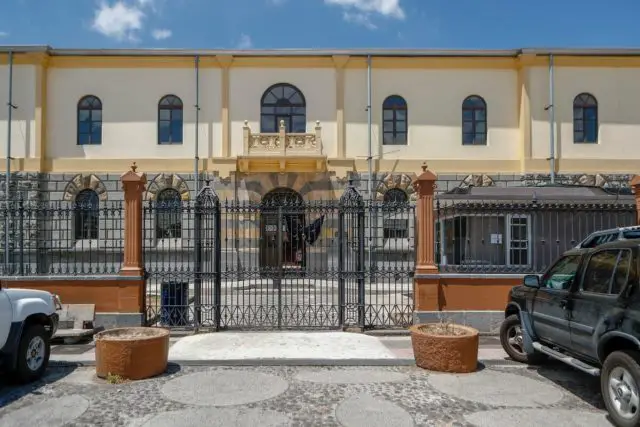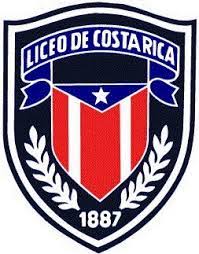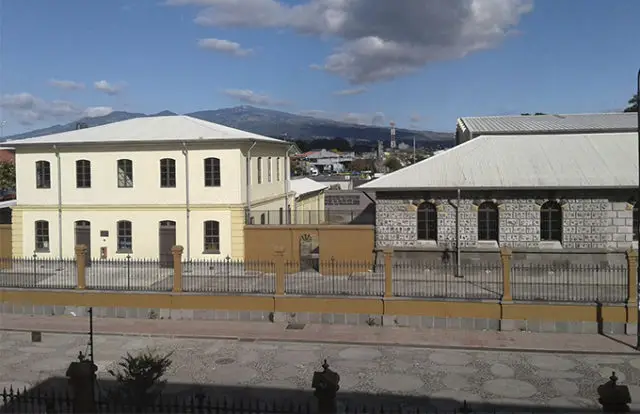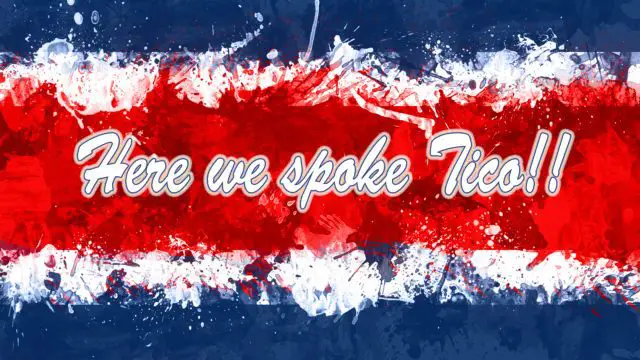Costa Rica’s High School is an in-service organization and non-profit, public interest institution, whose essential objective is to strengthen and increase the fraternal union and the joint work of the community in favor of the improvement and continuous development of academic, cultural, sports life, artistic, and social projection of the Costa Rican high school students.

History
It has been a public institution of secondary education, founded by decree, on February 6th, 1887, during the presidency of Mr. Bernardo Soto Alfaro. It was an initiative of Mr. Mauro Fernández Acuña, who was in charge of the Ministry of Public Instruction during the same office term.
It is a “Benemérita de la Cultura Costarricense” (Worthy Institution of the Costa Rican Culture), according to Agreement 2510 of February 6th, 1987, of the Legislative Assembly of Costa Rica, and published in the Official Gazette, edition 46, of March 6th, 1987.
According to the Centennial Book, in its origins, the lyceum was an elementary and secondary education establishment, and then presented 2 levels; the elementary, called the Model School, with 4 grades, to which 6 or 7-year-old children could enter, and the college level.

In turn, it was subdivided into the Lower Section (which included a 3-year period), and the Upper Section, also called Gymnasium (which was outlined over a 4-year period). This Higher Section presented 4 different training branches: real or classical, technical, normal, and commercial.
To lead the high school at the beginning, the national government hired 3 Swiss teachers: Luis Schönau, William Phillipin, and Pablo Biolley. Mr. Schönau was appointed Director, and also took on the subjects of Philosophy and Pedagogy; he himself was the one who imported from the high school of Geneva, the first regulation of Costa Rica’s high school.
For his part, Professor Phillipin was in charge of the Geography, History, and French classes. Finally, Don Pablo Biolley, who had a broad humanistic culture, took over the lessons of Natural Sciences, Latin, and Greek. By supporting them, the teaching team was completed with the Spanish-Cuban Hildebrando Martí in charge of the Spanish, Literature, and English classes; Don Odilón Jiménez, a prestigious civil engineer of the time, took charge of the Mathematics class; Mr. José Astúa Aguilar was a professor of Civic Education and Political Economy; Mr. Tranquilino Chacón, in addition to taking charge of the Secretariat of the isolated institution, also took on the Accounting and Calligraphy classes; Mr. Prospero Calderón taught Drawing, Mr. Jesús Nuñez taught Singing, while Mr. José Moreno became the trainer in the Gymnastics Area.
Additionally, Mr. Félix Pacheco, J. Marcelino Pacheco, Austregildo Bejarano, Ricardo Gómez, Emilio Ramírez, Guillermo Calderón, and David Castro performed as teachers of the first sections.
Under these premises, the high school was maintained until 1902, the date on which the current buildings in the southern part of the capital were adopted as headquarters, which have been originally built to house correction houses. The property it currently occupies was declared an Architectural, Historical, and Cultural Heritage of the capital city in 1981, according to Executive Decree No. 13129-C.

Throughout the first 5 years of existence, the academic organization remained unchanged. But, in January 1892, a significant modification was made by establishing a fork in secondary studies relating to 2 areas: Science and Letters.
In this way, gradual changes continued over the next 5 decades, always being focused on maintaining the highest quality of the institution.
Location
Costa Rica’s High School was originally located in the same place where the Normal School of Costa Rica was operating, which was part of the new study center. This place was in the formerly called University Street, currently Second Avenue, exactly in the block where the Costa Rican Social Security Fund (CCSS) is located today.

